Sample Mulled Wine at a Royal Party
The castle is abuzz with upcoming festivities. The servants rush about, hanging tinsel and garland and children giggle as they circle the massive fir standing in the center of the great hall. In the corner, a group of traveling musicians, hired by the queen for the evening, tune their instruments.
As a guest of honor, you stand back and watch, listening to the hustle and bustle. A fragrance of rich fruit and soothing spices drifts toward you and you turn to see a monk approach you, holding a steaming mug. He passes it to you, and it immediately warms your hands. A stick of cinnamon rests against the rim of the mug and within cranberries bob merrily in the deep, crimson liquid. He gives you a wink before disappearing into the crowd.
You sip the drink, and a rich, full taste coats your tongue. Cinnamon, cloves, red wine, and fresh fruit. Your spirit immediately lifts, and you’re even more ready for the party to come.
What is Mulled Wine?
When you’re looking for a festive, seasonal cocktail, it is hard to beat a mug of traditional mulled wine, but what is mulled wine and where does the tradition come from?
Mulled wine is traditionally made with a dry red wine enhanced by being slowly simmered with spices, fruit, and other seasonal ingredients. The drink has a long and storied past, being first mentioned in documents are early as the second century BC.
In medieval times, it was believed that the spices in the wine would keep people healthy and chase away sickness.
While the simmering of the wine reduces the alcohol content, many recipes will add in addition liquor, frequently brandy, to bring the “merriment” level back up again.
How Do You Make Mulled Wine?
There are hundreds of recipes for mulled wine for just about any taste. All, however, involve simmering wine, usually red, either on the stove top or in a slow cooker, while adding spices.
Popular ingredients to add to mulled wine include cinnamon sticks, whole cloves, star anise pods, cardamon pods, orange zest, grated ginger, and cranberries.
If you prefer a sweeter experience you can add honey, maple syrup, or apple juice.
If you like a bit more of a punch to your punch, enhance it with brandy or liqueur. Orange liqueur is especially popular. Remember the longer you simmer your wine, the less alcohol content it will have.
Personal Recipe from a Mythologie Elf.
All right, so how do I personally recommend making your wine? I feel this is a matter of taste, and most of the ingredients should be eyeballed or “measured with the heart” rather than carefully weighed.
When making my own mulled wine, I prefer a lighter alcohol content, so I do not usually add brandy or additional liquor. I also usually start with a cheaper wine, even that from a box, because if you’re just going to add a lot to it, you’ll lose the nuances that make an expensive wine worth the money anyway.
Start with the wine.
I add a bottle of (or part of a box of) dry red wine to a sauce pot. If pouring from a box or larger bottle, I recommend measuring out 750 ml of wine.
I tend to use whatever I have on hand, but a Cabernet or Malbec tends to be my go-to as those are my favorites. If I’m making it ahead of time I may opt for a slow cooker over the stove top method.
If you are choosing to add in Brandy or Liqueur, you would also want to add this in now. However, if you prefer a higher “kick” you can reserve this ingredient to add as a final step for maximum strength.
Next, I toss in my favorite spices.
-
Cinnamon Sticks: I usually will do 1 to 2 depending on the size of the sticks.
-
Star Anise Pods: These are a favorite not just because I like their mildly licorice-like taste, but because their shape is so festive. They look like Christmas ornaments floating in the drink. Because of this, I’ll generally put at least 5 or 6 of these in the batch.
-
Whole Cloves: I am very guilty of “just a quick sprinkle” here rather than counting. I also like cloves as a taste, so I’ll go as high as 8 cloves.
-
Grated Ginger: If I have fresh ginger on hand, I will include this but I consider it optional. Just a quick zest.
With the spices now brewing, it is time to turn to the sweetener. I personally don’t prefer a super sweet mulled wine so I’ll likely just add a tablespoon of honey, whisking it in until dissolved.
Heat the wine on low until it begins to simmer, not boil.
Now it’s time to add in the fruit.
Traditionally fruit can include dried cherries or raisins and orange wedges and cranberries are also very popular.
For me, I do not prefer a strong fruity taste and find fruit tends to take over, so I’ll add in a single slice of orange and optionally a handful of cranberries, usually if I have them on hand from another project, for garnish near to the end of cooking. This allows them to contribute without having the time to take over.
If you prefer a fruitier taste, you can do more or let them steep longer with the other ingredients. You can also zest the orange into the pot before adding the slices for even more citrus to brighten the drink.
Now we wait…
Simmer for 15 minutes or up to 3 hours.
Serving.
I always suggest straining the wine before serving. You can do this as a whole batch or individually using a tea strainer over each glass or mug. There’s nothing worse than accidentally chomping down on a whole clove or getting too much orange pulp in a sip.
After straining, you can add your own garnishes such as an orange wedge on the cup’s rim, some cranberries, and/or a cinnamon stick.
Note: if serving in glassware, make sure it is heat proof.
So that’s how I make my mulled wine, but there are so many delightful, traditional recipes out there for every taste.
Do you love the fragrances of Mulled Wine? You’ll love our Merry Monk candle! With notes of goblets raised in toast, splashing bright purple plum-berry wine mulled with sumptuous spices, it’s the perfect fragrance to bring you into the holiday mood.
Merry Christmas, Adventurers!














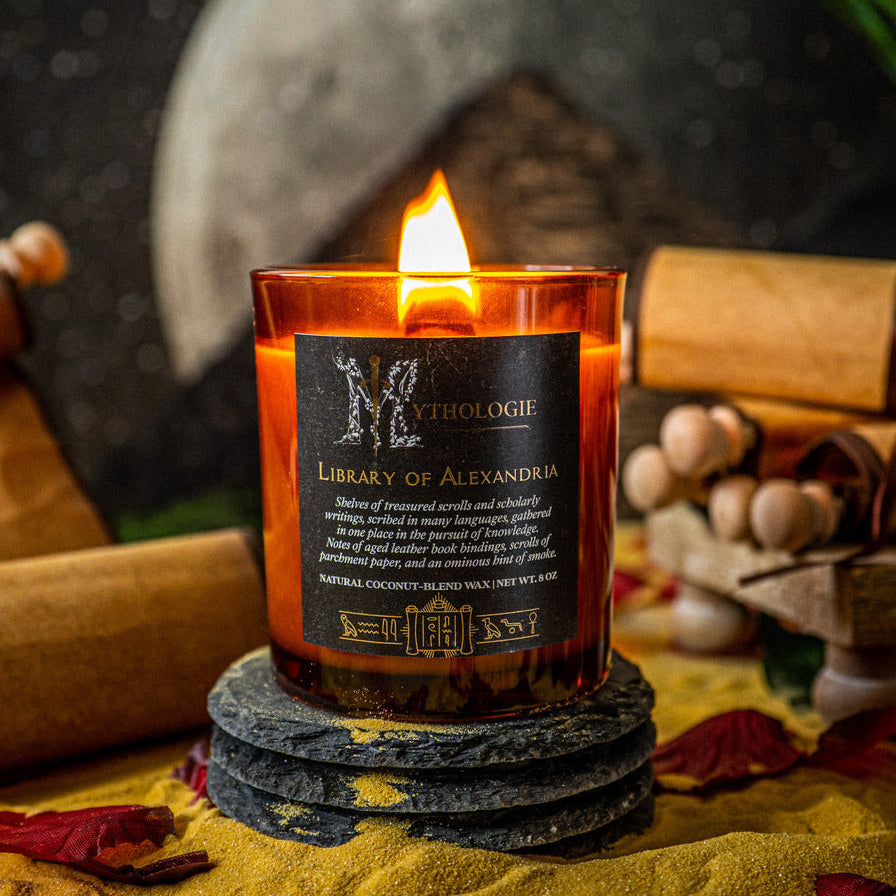
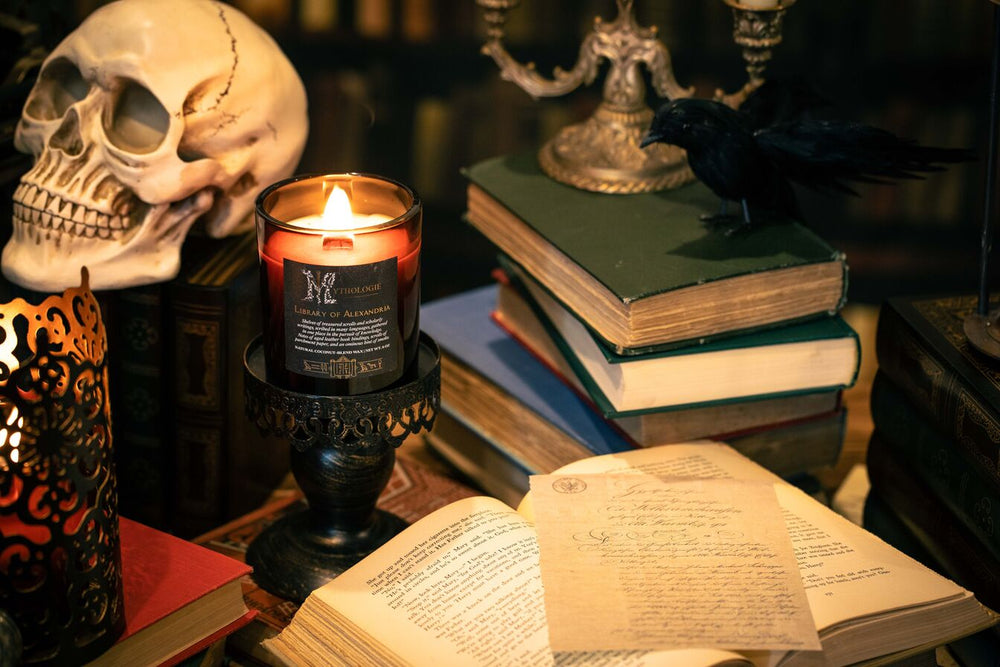


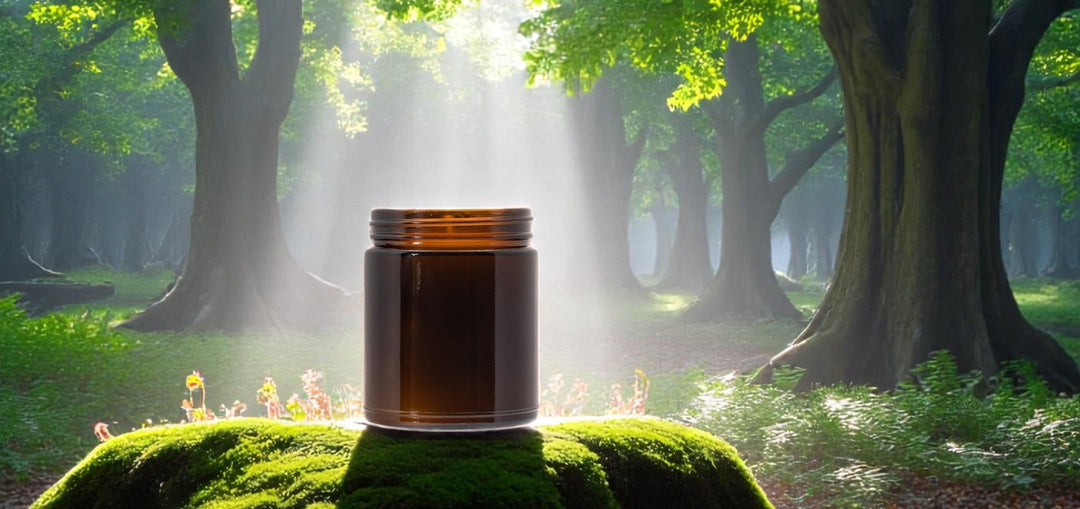
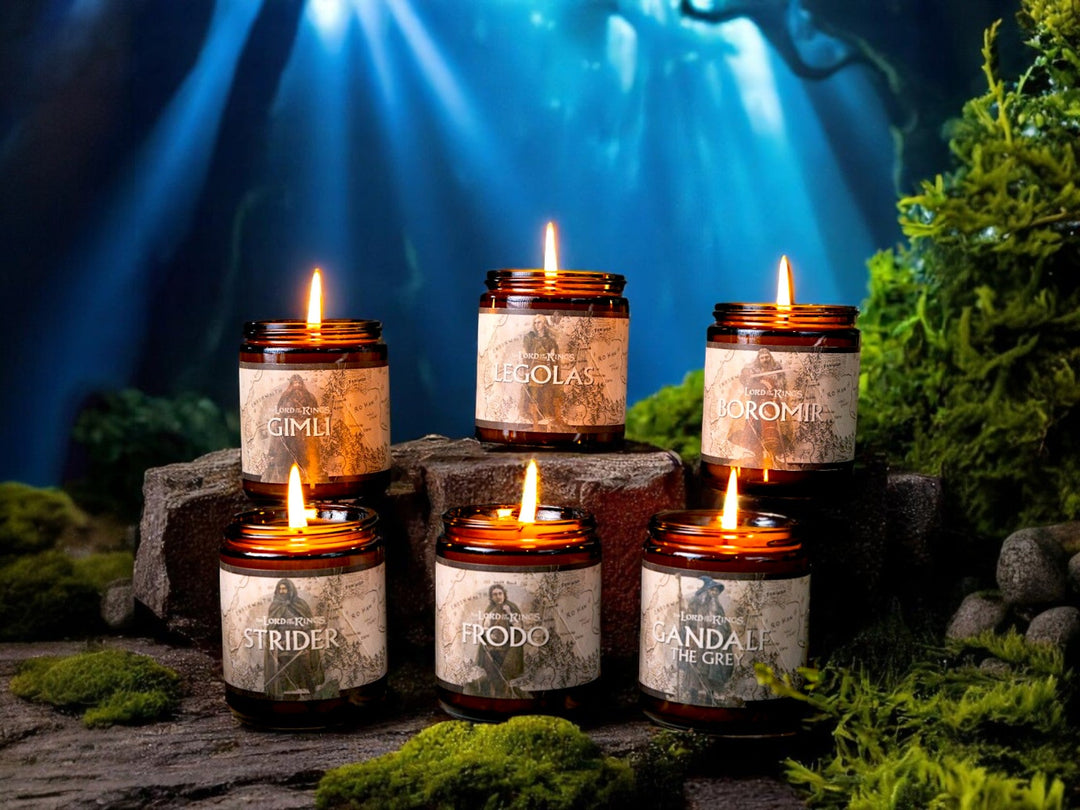
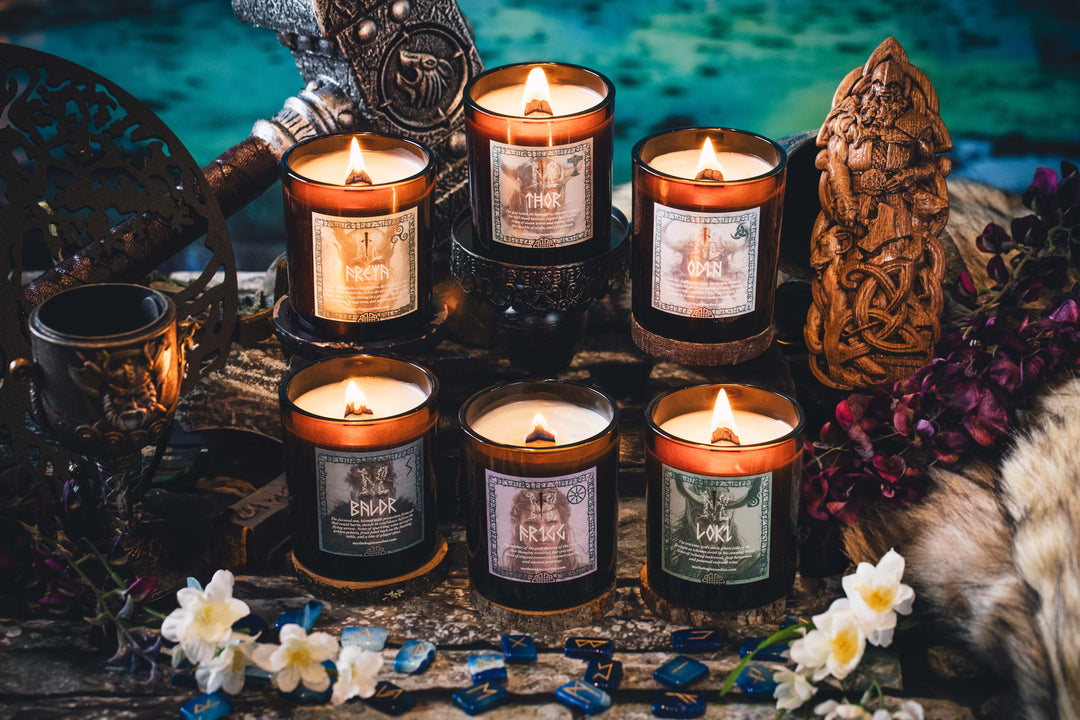

Leave a comment